Area 52,000 km² | ||
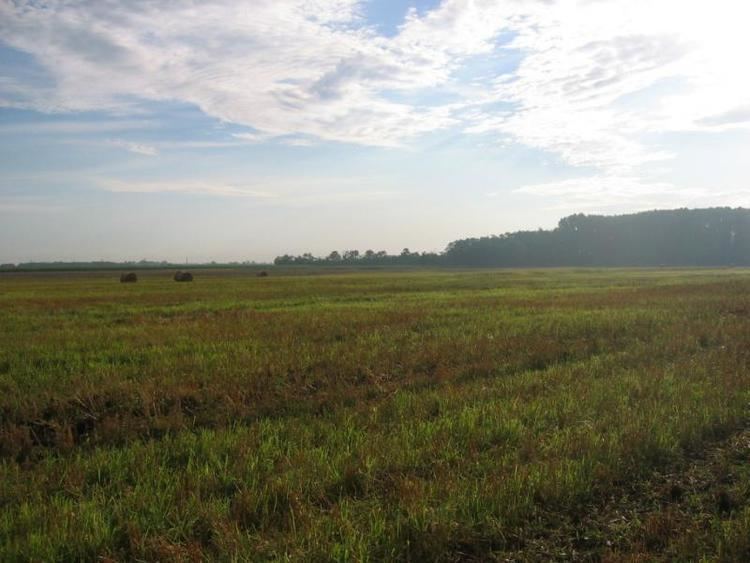 | ||
The Great Hungarian Plain (also known as Alföld or Great Alföld, Hungarian: Alföld, Nagy Alföld) is a plain occupying the southern and eastern part of Hungary, some parts of the Eastern Slovak Lowland (Východoslovenská nížina), southwestern Ukraine, the Transcarpathian Lowland (Zakarpats'ka nyzovyna), western Romania (various names), northern Serbia (various names), and eastern Croatia (various names). It is the largest part of the Pannonian Plain.
Contents
- Touring the great hungarian plain 15th july 2016 part 1
- Boundaries
- Plain in Hungary
- Plain in Serbia
- Plain in Croatia
- Plain in Slovakia
- Plain in Ukraine
- Plain in Romania
- Prehistoric culture
- Genomic analysis of prehistoric populations
- References
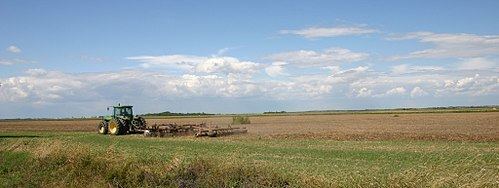
In Hungarian, the plain is known as Alföld [ˈɒlføld], in Slovak as Veľká dunajská kotlina, in Romanian as Câmpia Tisei or Câmpia de Vest, in Croatian as Panonska nizina, in Serbian as Panonska nizija, and in Ukrainian as Тисо-Дунайська низовина.
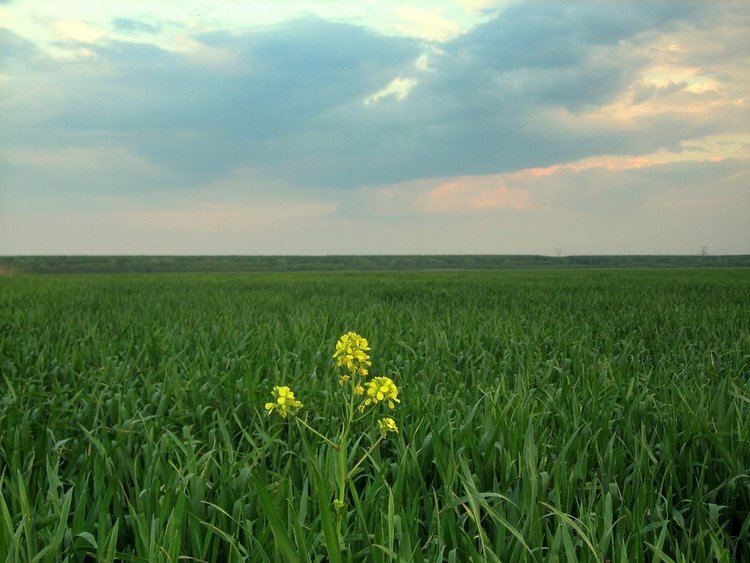
Touring the great hungarian plain 15th july 2016 part 1
Boundaries
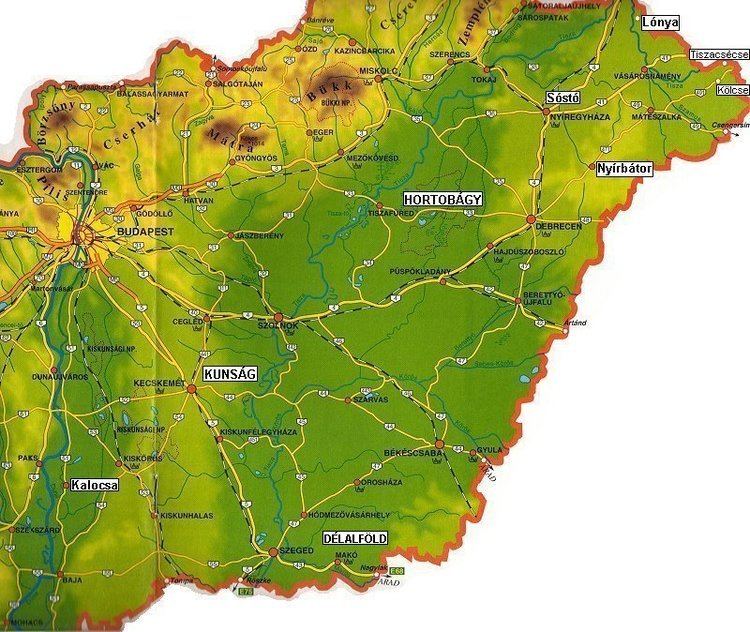
Its boundaries are the Carpathians in the north and east, the Transdanubian Mountains and Croatian mountains in the southwest, and approximately the Sava river in the south.
Plain in Hungary
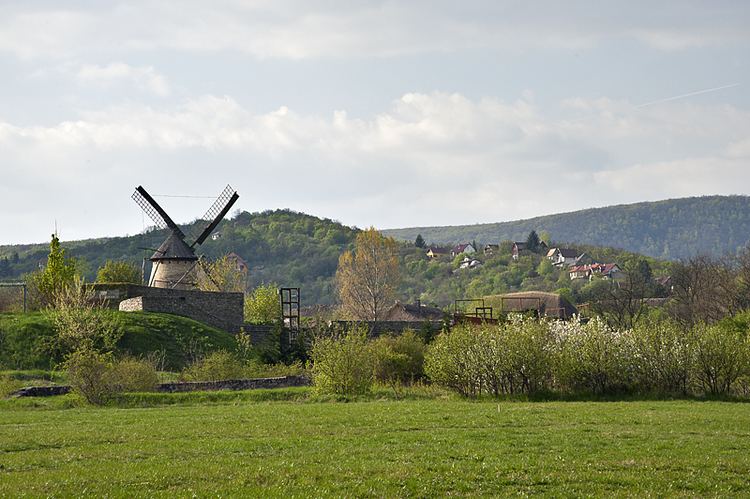
Its territory is 52,000 km² within Hungary, which includes approximately 56% of the total (93,000 km²). The highest point of the plain is Hoportyó (183 m), and the lowest point is the Tisza River. The terrain ranges from flat to rolling plains.

The most important Hungarian writers inspired by and associated with the plain are Ferenc Móra and Zsigmond Móricz, as well as the poets Sándor Petőfi and Gyula Juhász.

Hungarian scientists born on the plain include Zoltán Bay, physicist; János Irinyi, chemist, inventor of the noiseless match; János Kabay, pharmacologist; Gábor Kátai, physician and pharmacist; and Frigyes Korányi, physician and pulmonologist.
The most important river of the plain is Tisza.
The notable cities and towns with medicinal baths are Berekfürdő, Cserkeszőlő, Gyula, Hajdúszoboszló, Szentes and Szolnok.
Among the cultural festivals and programmes characteristic of the region are the Csángófesztivál (Csángó Festival) in Jászberény, the Cseresznyefesztivál (Sweet Cherry Festival) in Nagykörű, the Gulyásfesztivál (Goulash Festival) in Szolnok, the Hídi Vásár (Bridge Fair) in Hortobágy National Park, the Hunniális at Ópusztaszer, the Szabadtéri Játékok (Open-air Games) in Szeged, the Várjátékok (Castle Games) in Gyula, the Virágkarnevál (Flower Carnival) in Debrecen and the Bajai Halászléfőző Népünnepély (Fisherman's Soup Boiling Festival) in Baja.
The part of the plain located in Hungary comprises the following areas:
Plain in Serbia
The term is being used in Serbia to denote Hungarian portion of the Pannonian plain.
Pannonian plain in Serbia is mostly divided into 3 large geographical areas: Bačka, Banat and Srem (Syrmia), most of which are located in the Vojvodina province.
Plain in Croatia
The term is rarely used in Croatia, and is usually associated with the geography of Hungary.
Parts of Pannonian Croatia can be considered an extension of Alföld, particularly eastern Slavonia and the connected parts of Syrmia.
Plain in Slovakia
Part of the plain located in Slovakia is known as Eastern Slovak Lowland.
Plain in Ukraine
Part of the plain located in Ukraine is known as Transcarpathian Lowland.
Plain in Romania
In Romania, the plain (Rom. câmp or câmpia, from Lat. campus) includes various regions like Banat and Crişana. Here, its name is Câmpia de Vest (The Western Plain).
Prehistoric culture
During the prehistoric era, the Great Hungarian Plain was a place of cultural and technological changes, as well as an important meeting point of cultures of Eastern and Western Europe. It is a region of great archaeological importance to major European cultural transitions.
Agriculture began in the Great Hungarian Plain with the Early Neolithic Körös culture, located in present-day Serbia, 6.000-5.500 B.C.E. followed 5.500 B.C.E. by the Linear Pottery culture(LBK) which later became the dominant agricultural culture of Europe. The LBK was followed by the Lengyel culture in the Late Neolithic 5000-3400 BC.
During the Early Bronze Age (2.800 - 1.800 BC), the growing demand for metal ores in Europe resulted in the new pan-European and intercontinental trade networks. During that period cultures of the Great Hungarian Plain incorporated many elements from the other cultures of Bronze Age Near Eastern, Steppe and Central Europe
During the early Iron Age (first millennium BC), a variant of the Central European Hallstatt culture inhabited Transdanubia, while pre-Scythian and later Scythian cultures were found in the eastern region of the Great Hungarian Plain.
Genomic analysis of prehistoric populations
In 2014, a major study of DNA from burials in the Great Hungarian Plain was published. The 5,000-year record indicated significant genomic shifts at the beginning of the Neolithic, Bronze and Iron Ages, with periods of stability in between. The earliest Neolithic genome was similar to other European hunter-gatherers and surprisingly there was no evidence of lactase persistence at that period. The most recent samples, from the Iron Age, showed an eastern genomic influence contemporary with introduced Steppe burial rites. There was also a transition towards lighter pigmentation.
